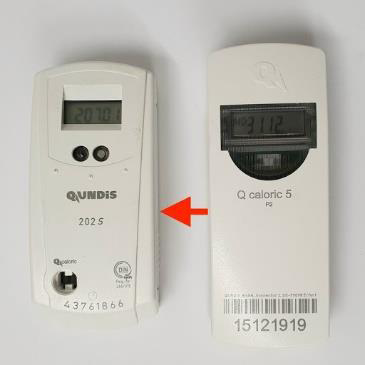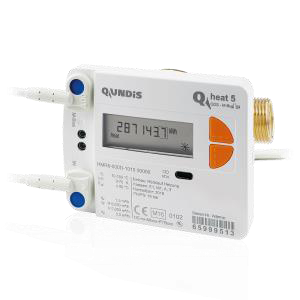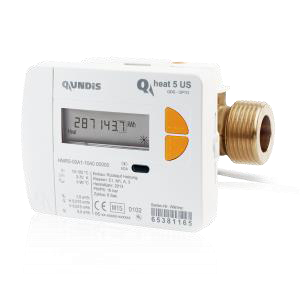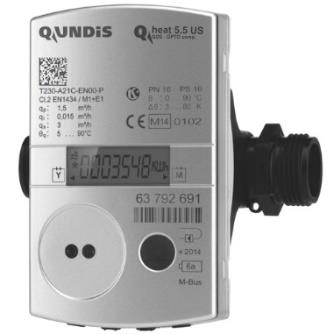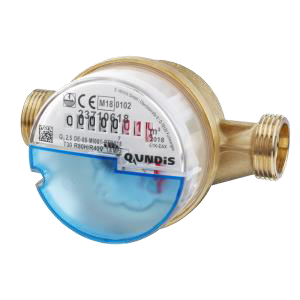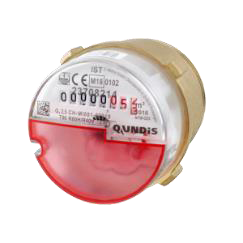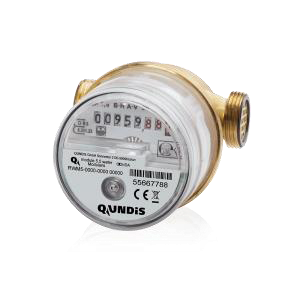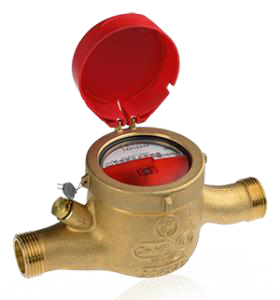No products in the cart.
BENIFITS
Works with all common radiators
our comprehensive KC values database covers almost every type of radiator on the market. Therefore, the Q caloric heat cost allocators can be applied with practically all radiators.
Read-out processes as required
Our heat cost allocators are available with or without radio function, as well as with or without infrared interface. This allows you to set up the readout processes according to your requirements.
Secure
Fast identification of attempted manipulation.
Further processing of data
Thanks to the standardised radio protocols and file formats, the consumption data can be easily exported and processed further by the standard billing programmes used by metering service providers.
Further processing of data
Thanks to the standardised radio protocols and file formats, the consumption data can be easily exported and processed further by the standard billing programmes used by metering service providers.
Always ready for readout
Because the heat cost allocators are equipped with C-mode radio communication, the devices can also be read out in mobile form 365 days a year. Access to the apartment is not required.
Exact metering values
Thanks to the independent readout functions and a maximum measurement tolerance of 2 percent, QUNDIS heat cost allocators provide highly precise metering values.
More transparency
On request the Q caloric heat cost allocators offer a display of values according to standard or product scale. This gives end consumers a very transparent way of tracking their energy consumption on the basis of their bills.



